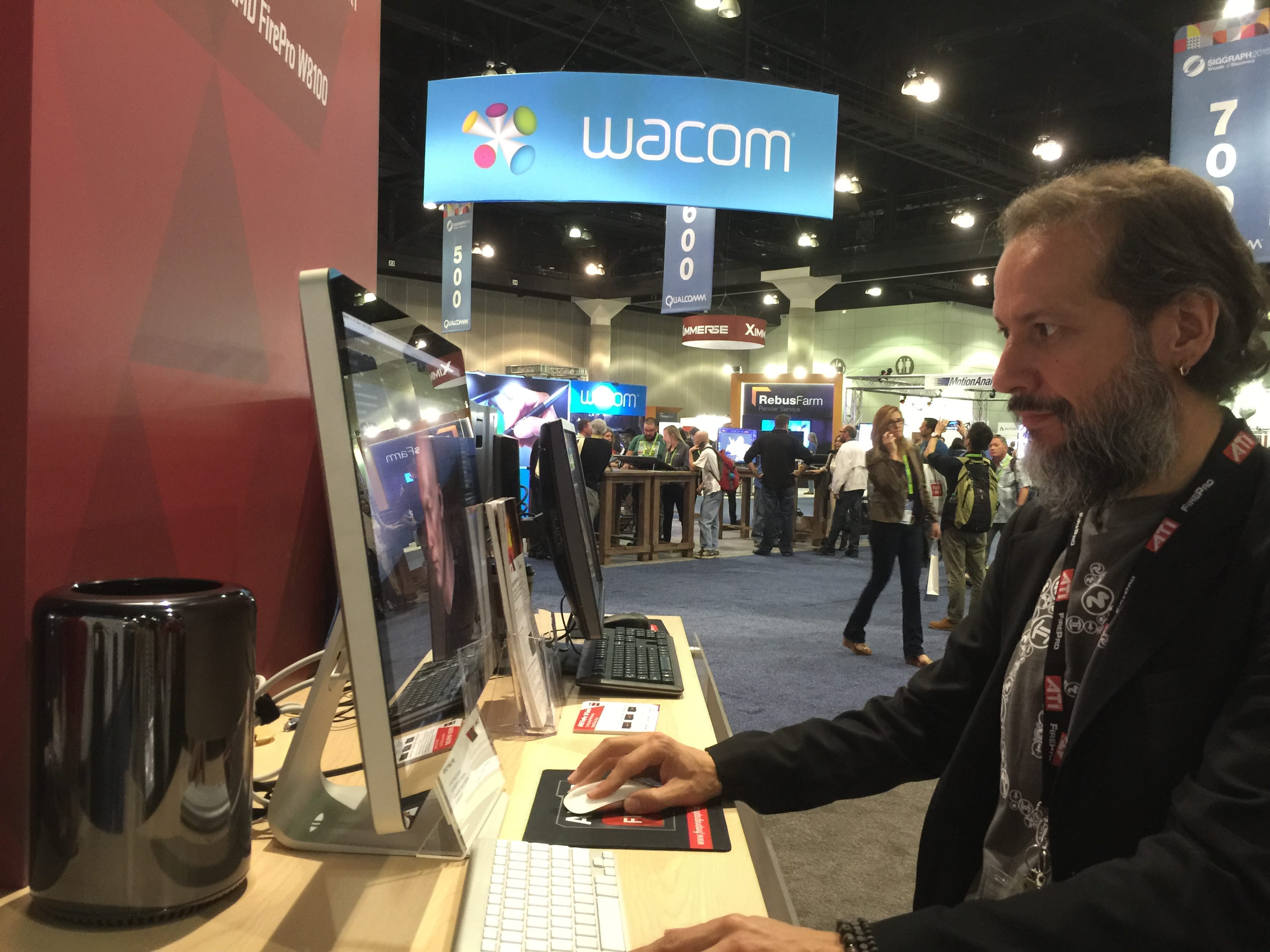


To reset a render path, either version-up the scene using the Work-files app’s ‘Version Up Scene’ command or select the Write node individually and in the properties, click Reset Path: If the render path is locked then renders created with this Write Node cannot be published.

Occasionally, this can mean that the path becomes out of sync and ‘locked’. The Write Node will cache the current path so that it is still valid if the file is opened outside a Toolkit Work Area. The renders will be versioned and the version number will always follow the current nuke script version which will be incremented automatically when you publish using Multi Publish. The location where the renders are written to depends on the Toolkit configuration. You can see the computed path in the UI and open up the location on disk by clicking the Show in File System button. Rather than entering a path by hand, you just specify an output name and Toolkit will then compute the rest of the path automatically. This will create a node which looks similar to a normal write node: In order to use the ShotGrid Write Node, save your script as a Toolkit work file first and then create a new node via the Nuke menu. In addition to the path, the configuration will also determine the render format to be used. It can be configured for each environment. The Nuke Write Node App provides a custom ShotGrid Write node which makes it easy to standardise the location where images are rendered to.


 0 kommentar(er)
0 kommentar(er)
